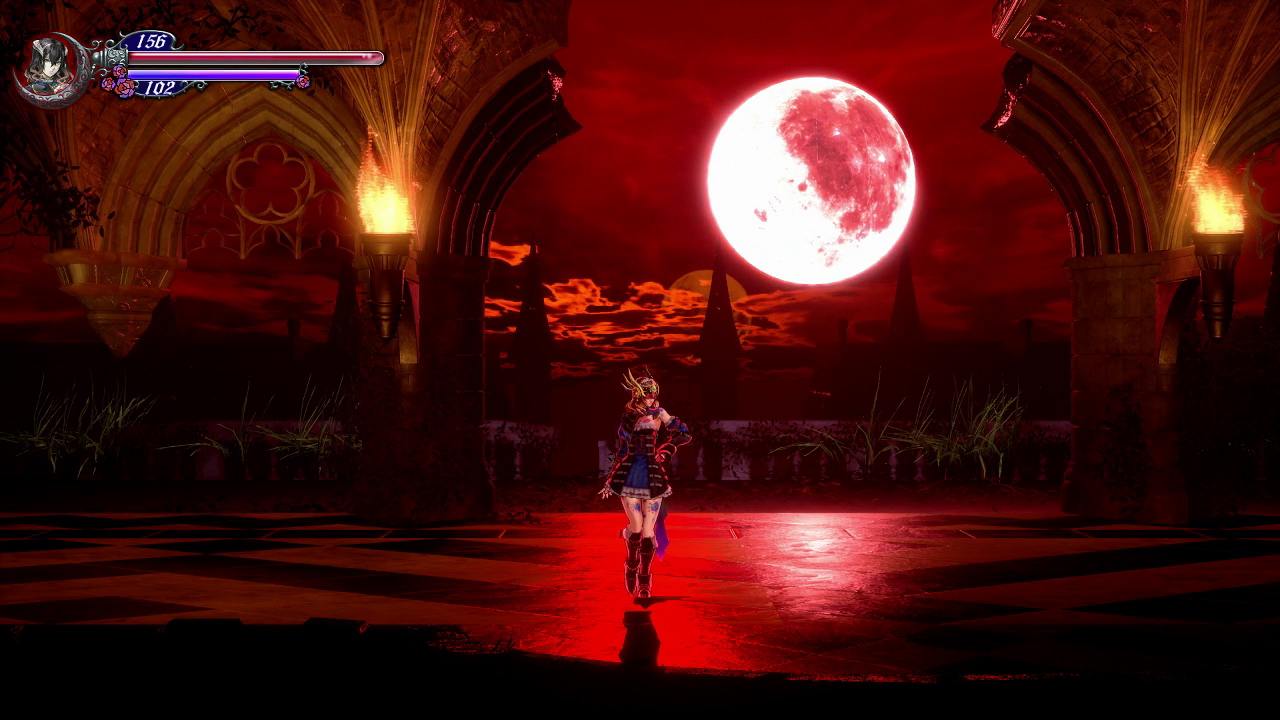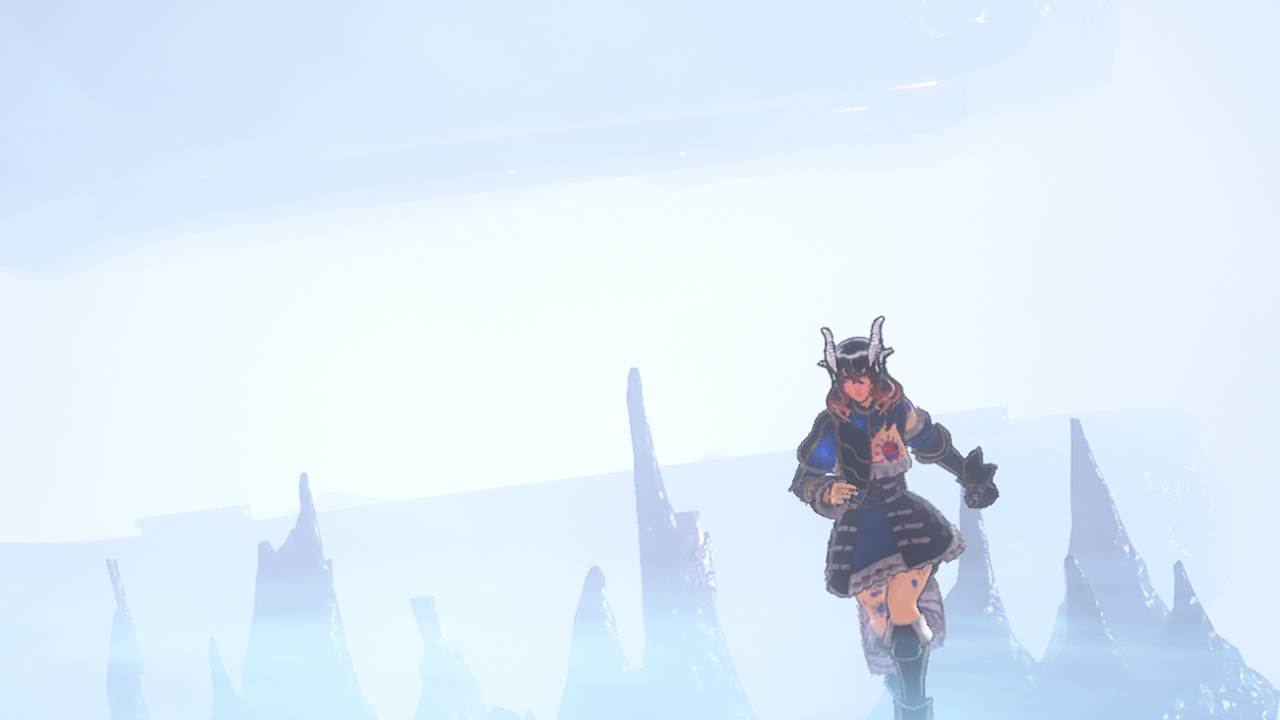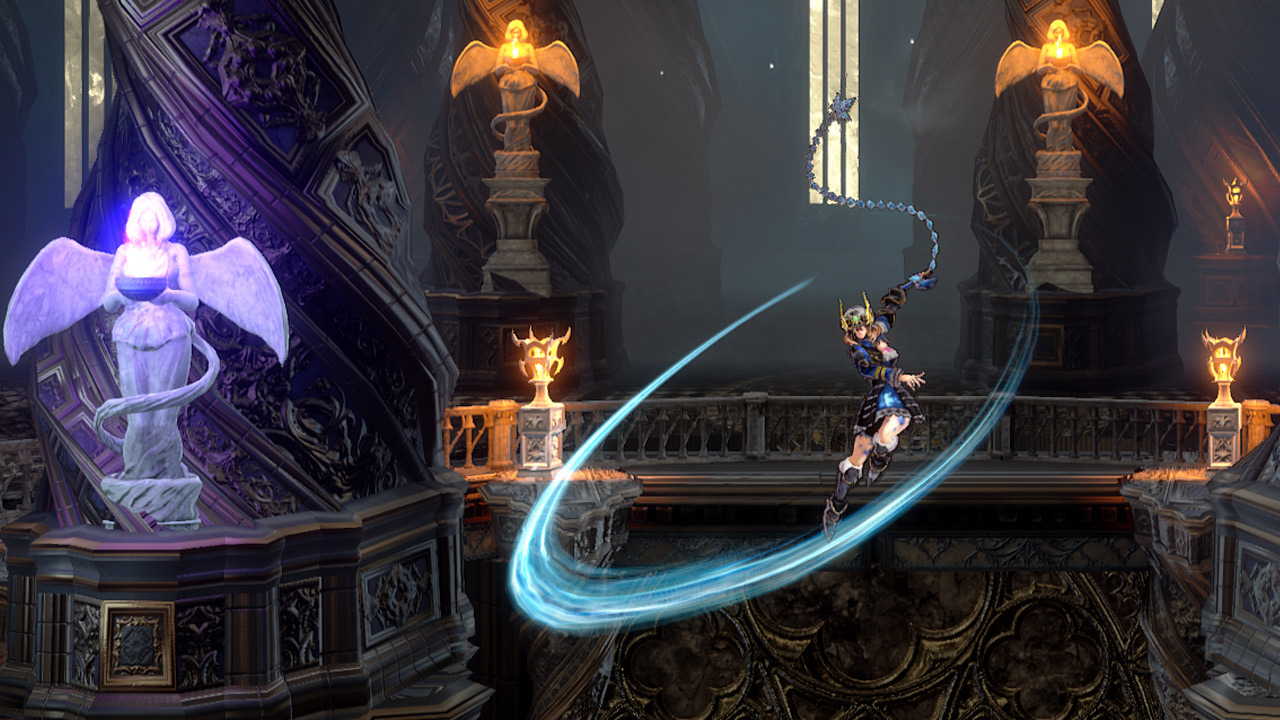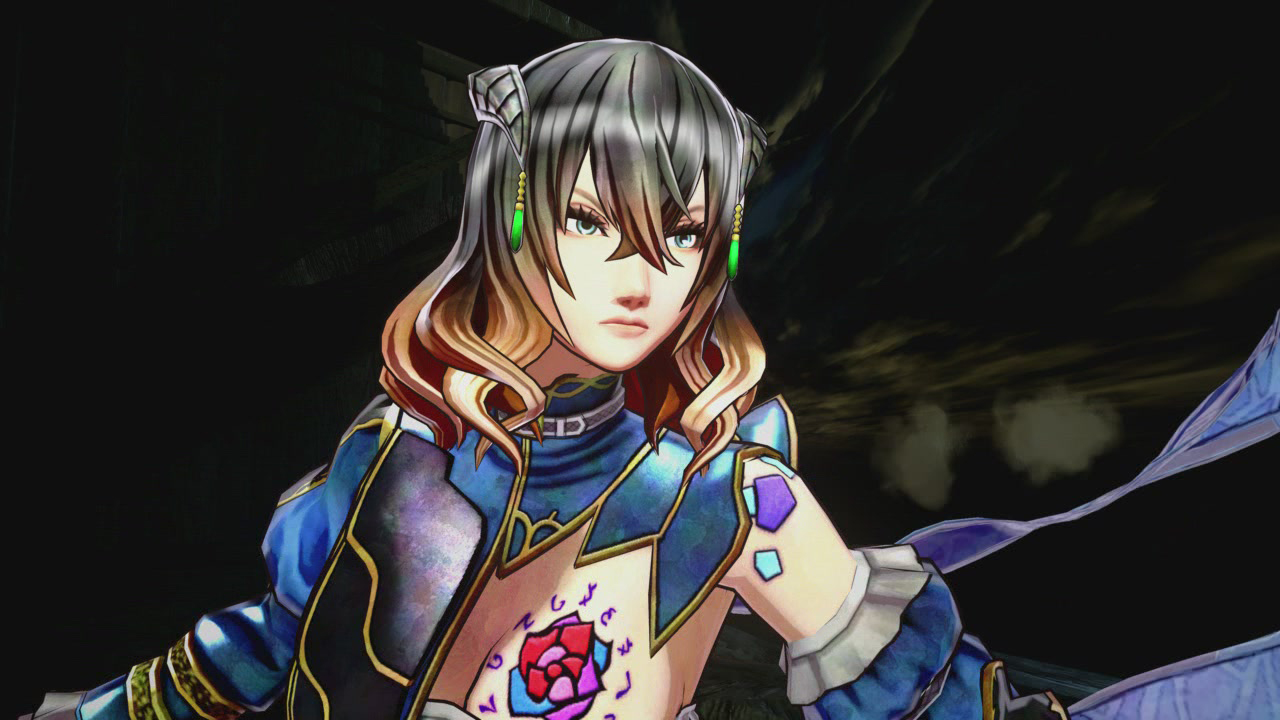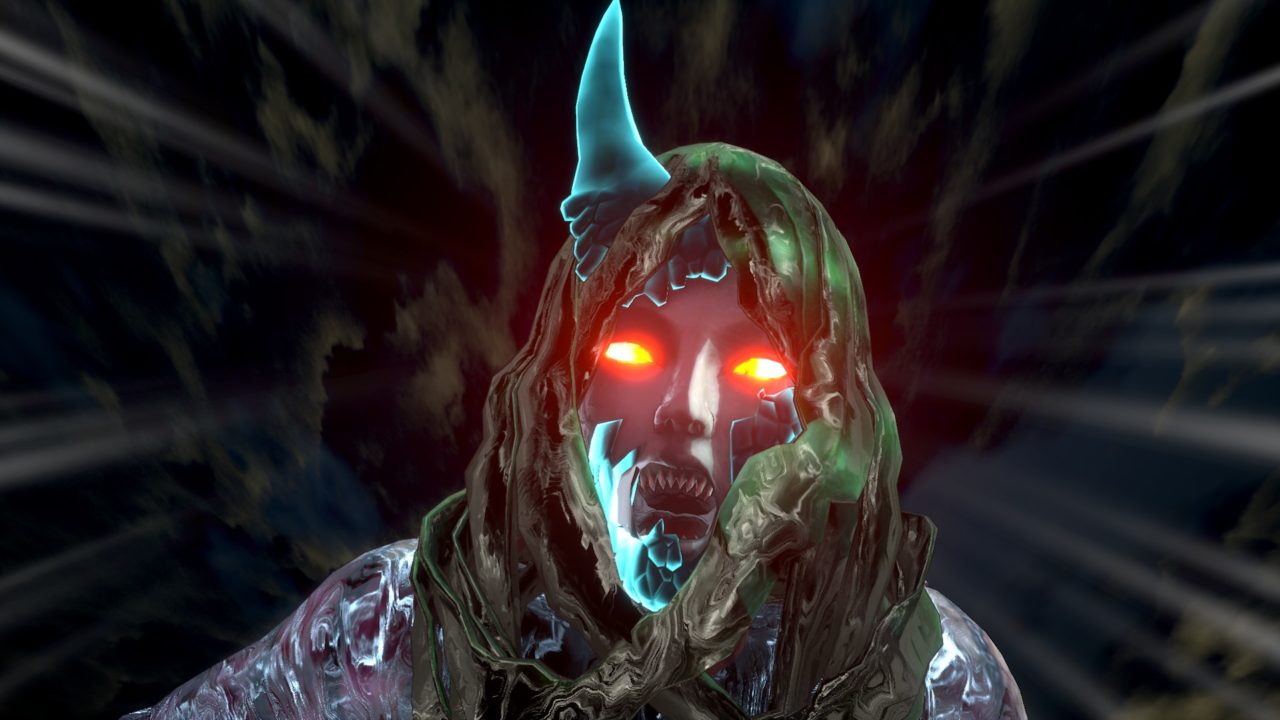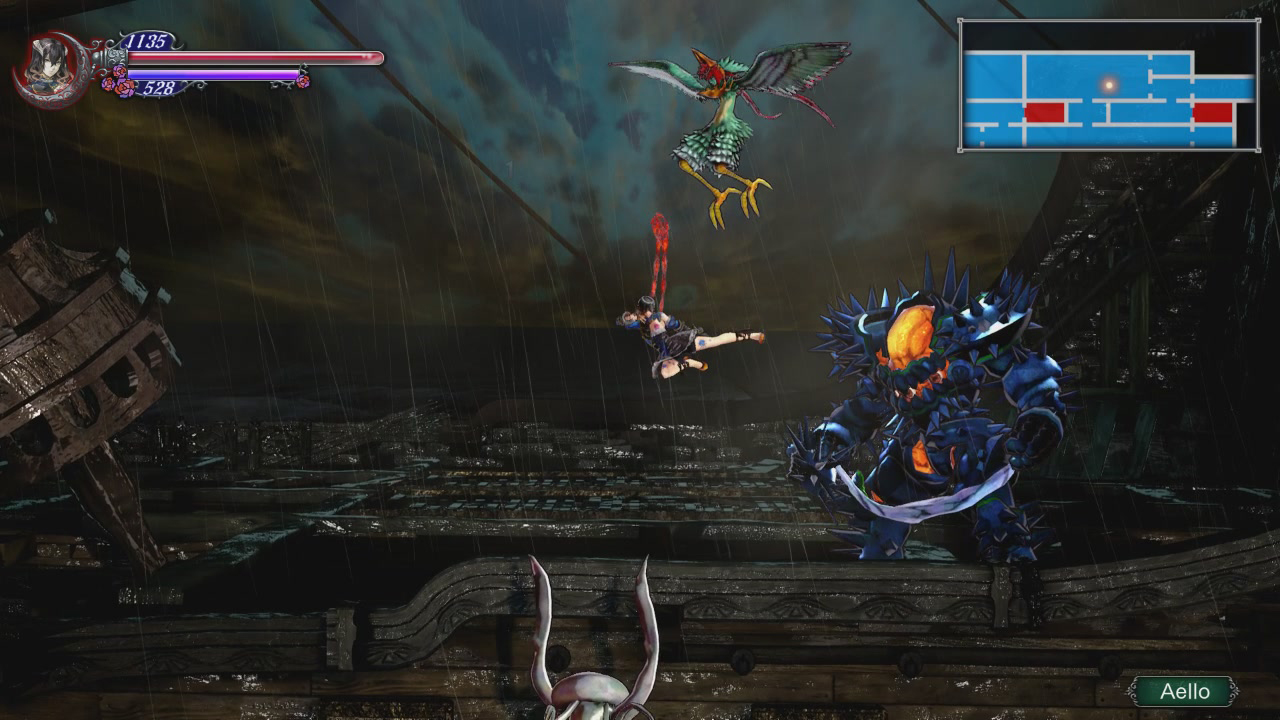Crashstained: Ritual of the Lag
I’m going to start this off with a sports analogy, as I imagine there are few readers out there who haven’t suffered a season with a team that didn’t live up to expectations—a team that looked fantastic on paper but could never get it together, thereby wallowing in mediocrity. You’d almost rather just have a team that you knew was going to be bad because at least you’d be prepared for the disappointment.
This season, that team is Bloodstained: Ritual of the Night.
Those reading this review likely already know of this game’s troubled history, so I won’t recap that here for the umpteenth time. I also don’t think it’s necessary. Truth be told, when I first started playing Bloodstained: Ritual of the Night, my 13-year-old son saw it and said, “This is just Castle of Heart.” My immediate thought was that I’d failed him as a parent, but what does he know about Koji Igarashi and the Castlevania legacy? He was three when the last decent game in that series was released, so its history and nostalgia factor don’t matter to him. He—and I imagine a lot of you—just want a fun action platformer, and Bloodstained: Ritual of the Night does not provide that on the Switch.
Not yet, anyway. Anyone interested in this game has surely heard the complaints about the Switch version and the promises that they’re being addressed. What gets updated and how soon remains to be seen, and this game is just not fun to play in the meantime.
That’s too bad, because the core system is in place. We’ve got a grand, gothic setting. We‘ve got a goofy, melodramatic story about alchemists and demons and experiments-gone-wrong, driving some to revenge and others to redemption. We’ve got a mysterious castle full of cool weaponry and highly impractical methods of getting from one room to the next (fun for adventurers, but surely annoying for the cleaning staff).
In fact, I was only a few minutes into the game before the familiarity and fun of a Castlevania game settled back in. I’d forgotten how intense the drive was to unlock new rooms on the castle map, access new areas, and find those blessed save-game points. For the uninitiated, the action in Bloodstained progresses screen by screen, with most offering you multiple ways out. You unlock the map as you progress and can backtrack at will (in fact, you’ll need to backtrack because many areas can’t be accessed when you first reach them). However, you can only save and replenish your health without potions at designated areas on the map, and you first have to find them. There’s an exhilaration when you finally do while low on health, but also frustration when you have no choice but to die or to return to the previous save point.
Bloodstained gives you a lot to do as you push through the castle. The story—fed in lazily illustrated dialogue snippets—provides your basic plot as you progress, but the real incentive is to just explore and attack the countless beasts along the way, upgrading your weapons to meet the challenge. Enemies are susceptible to different weapons, so deciding what to keep and what to sell as you go along becomes quite important. Speaking of which, the UI could benefit from a speedier method of swapping preferred weapons than forcing the player to access the inventory.
You also have shard attacks at your disposal. Part of the story is that alchemists implanted your character, Miriam, with shards, giving her the ability to condense the souls of the dead into new powers for her to utilize.
Five shard types will be opened over time and can be used for attacks, environmental manipulation, and defense. They grow stronger as you collect more and can be enhanced through alchemy, and learning to use them properly is essential to getting through even the simpler sections of the castle.
Shard enhancement is handled at your base, and the game thankfully provides the occasional warp point so you can get back there quickly. This is also where you can cook and craft useful items, stock up on weapons and supplies, sell any special loot you’ve acquired, etc. You can also accept side quests to acquire helpful items, most of which are easy to complete through normal gameplay or light grinding.
Finally, the game throws boss battles at you early and often, many of which are epic in scale. Settling into the right attack pattern with the right weapons is quite exhillarating, although it’s bound to take numerous tries. Thankfully, you’ll always have a save room nearby so you’re ready for the repeat attempts.
In other words, everything you’d want in an action platformer is firmly in place here, but the game just doesn’t work in its current form. First, it’s…I won’t say ugly, but muddy. The Switch version looks like it was developed for the Wii, devoid of any dramatic color/lighting and lacking in texture and motion. And despite the poor video quality the gameplay still lags significantly, especially during the boss battles that are already frustrating enough.
Speaking of lag, the input lag is so significant that it’s difficult to do things as simple as timing the jump/slash of a stationary object. If I can’t break a candle above my head, how am I supposed to take down a boss whose main weapon is his speed? Attacking three or four different enemies with a whip and magic is supposed to be exciting, but it’s so difficult to control Miriam that I mostly tried to hide on the corners of the screen and just shoot everyone from a distance (that rarely works, by the way).
And then there are the game crashes. That happened to me on multiple occasions when I was attempting nothing more than to read a book on a bookshelf. Considering Bloodstained gives you so few save points, repeated crashes such as this are game killers.
Review: Bloodstained: Ritual of the Night (Nintendo Switch)
Average
So, what we’ve got in Bloodstained: Ritual of the Night is a well-designed game that’s poorly developed. A championship-caliber team that needs another few months (or perhaps another year) of training camp. 505 Games has promised to fix the glaring problems, but I can’t review a game based on promises. There’s still some fun to be had here, but it shouldn’t have been released in its current state. Wait for the updates. If they don’t come, wait for a sale…and stay away from the bookshelves.

